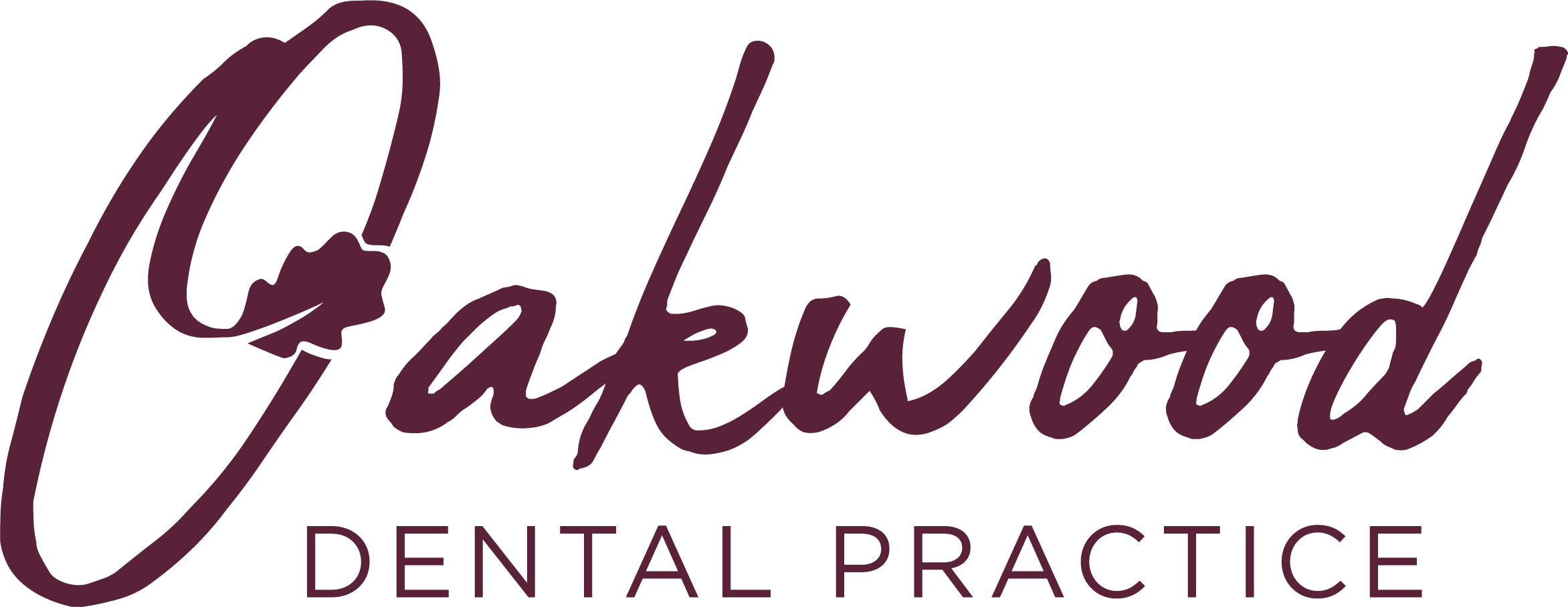Inlays and Onlays
Inlays and onlays are used to fill or repair large cavities (holes in the tooth caused by tooth decay). They are used when the cavity is too large for a filling, but the tooth isn’t so damaged that it requires a crown.
An inlay is used to fill a cavity on top of the tooth (where the tooth has small mounds to help chewing). An onlay is used when those ‘mounds’ need replacing – this is also known as a partial crown. Both are tailor-made to your tooth.
Repairing the tooth with an inlay or onlay will prevent the tooth from further damage or decay in that area, and will restore the tooth to its normal function.
Inlays and onlays made from porcelain mimic the natural enamel more than any other type of material and are considered state-of-the-art in dentistry, which is why the majority of inlay and onlay treatments at Oakwood Dental Practice are porcelain. There are two types of porcelains that we use depending on the location of the tooth:
- EMAX: The brand name of the inlay/onlay made from 100% porcelain (lithium disilicate) which is stronger than tooth tissue and has exceptional aesthetics which is why Oakwood Dental Practice predominantly uses EMAX for anterior teeth (at the front of the mouth).
- Zirconia: Another 100% porcelain (zirconia) inlay/onlay which is considered to be the strongest of all material choices, with great aesthetics that are not quite as natural-looking as EMAX onlays. We predominantly use zirconia for posterior teeth (at the back of the mouth).
WHO ARE INLAYS AND ONLAYS
SUITABLE FOR?
Inlays and onlays are suitable for the treatment of adult back teeth that need a fairly substantial restoration but have enough tooth left to not need the full coverage a crown gives. This is usually to repair on of the following issues:
- Fill a larger cavity left by tooth decay that is not suitable for a standard filling
- Replace a filling in a back tooth that keeps falling out
- Strengthen or support a broken or chipped tooth or filling
- Cover a severely stained or discoloured tooth
- Restore a worn down tooth
TREATMENT PROCESS
STEP 1
STEP 2
STEP 3
HOW MUCH DO INLAYS AND ONLAYS COST?
An EMAX inlay or onlay is £680 and a Zirconia inlay or onlay is £600. Your dentist will advise which is best suited for your treatment.
As with many of our treatments, patients on one of our membership plans get a 10% discount.
Read more about our membership plans here.
AFTERCARE
Any discomfort following the treatment should resolve itself after 2-3 days.
While the temporary inlay or onlay is in place it is best to avoid very hard or sticky foods which can cause it to dislodge.
While you’re still numb:
Be careful with hot drinks, as it may be difficult to tell if the temperature is too hot
